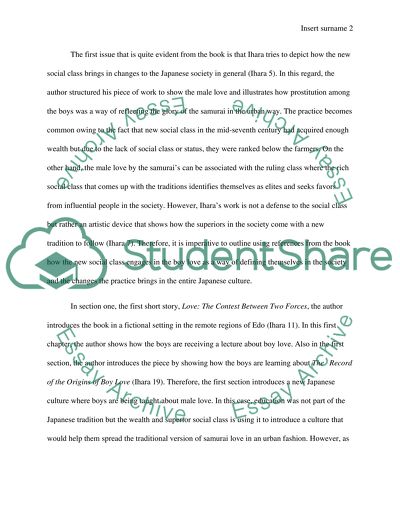Cite this document
(“The Male Love for Samurai Essay Example | Topics and Well Written Essays - 1000 words”, n.d.)
Retrieved from https://studentshare.org/literature/1688146-the-male-love-for-samurai
Retrieved from https://studentshare.org/literature/1688146-the-male-love-for-samurai
(The Male Love for Samurai Essay Example | Topics and Well Written Essays - 1000 Words)
https://studentshare.org/literature/1688146-the-male-love-for-samurai.
https://studentshare.org/literature/1688146-the-male-love-for-samurai.
“The Male Love for Samurai Essay Example | Topics and Well Written Essays - 1000 Words”, n.d. https://studentshare.org/literature/1688146-the-male-love-for-samurai.


